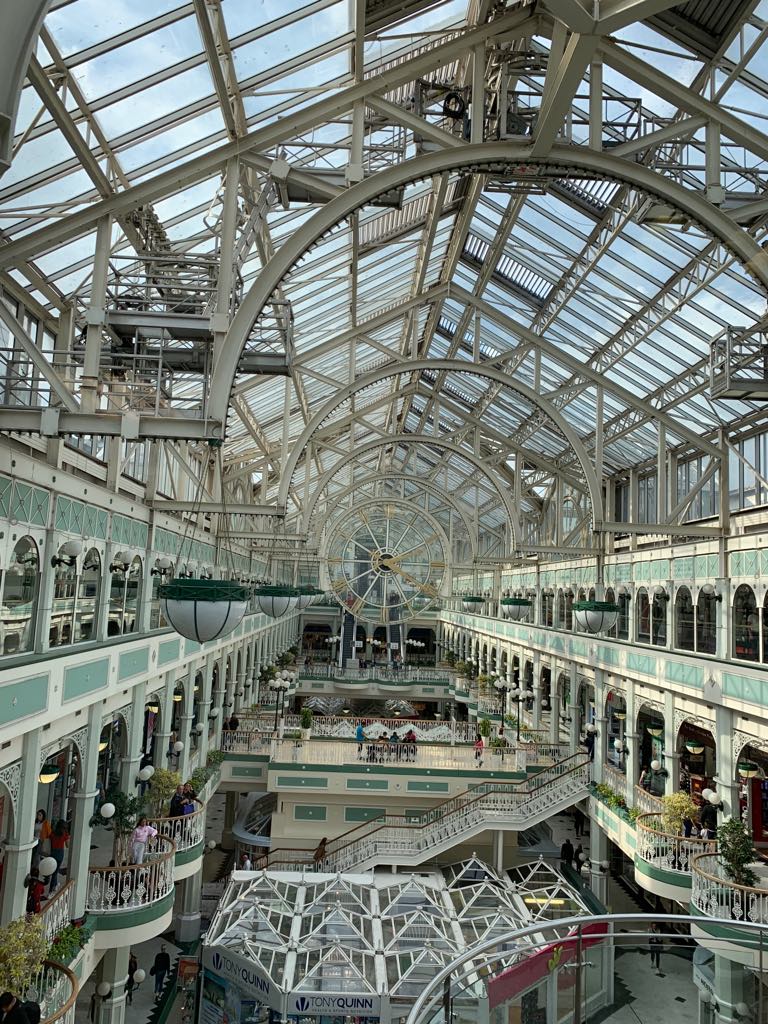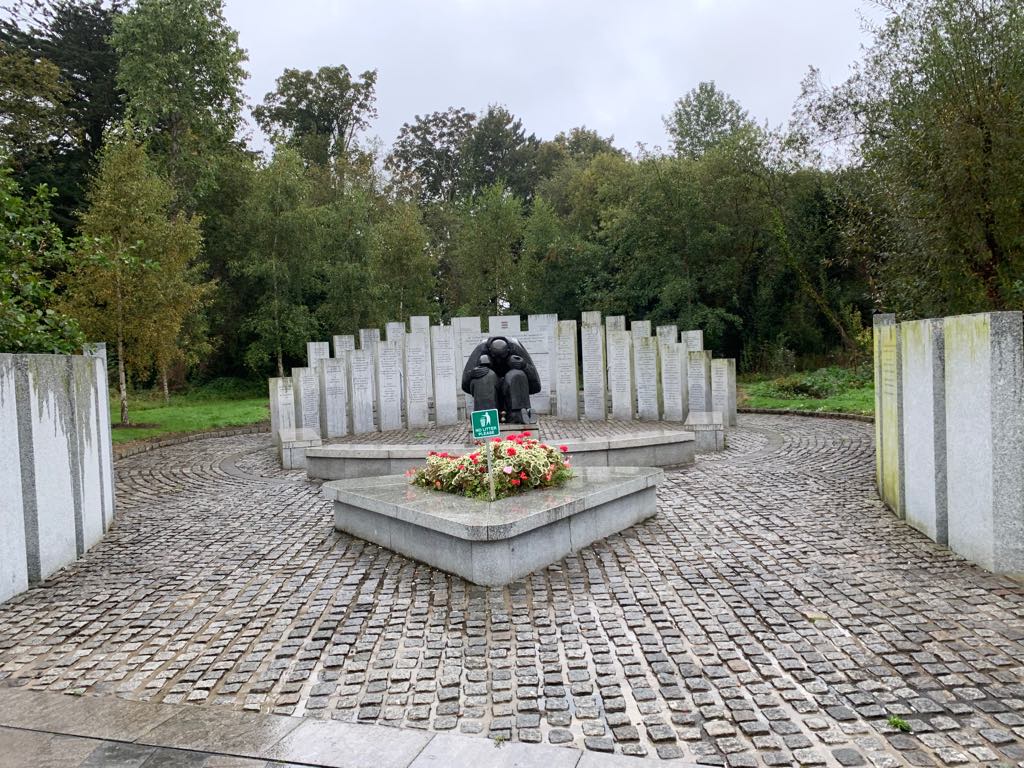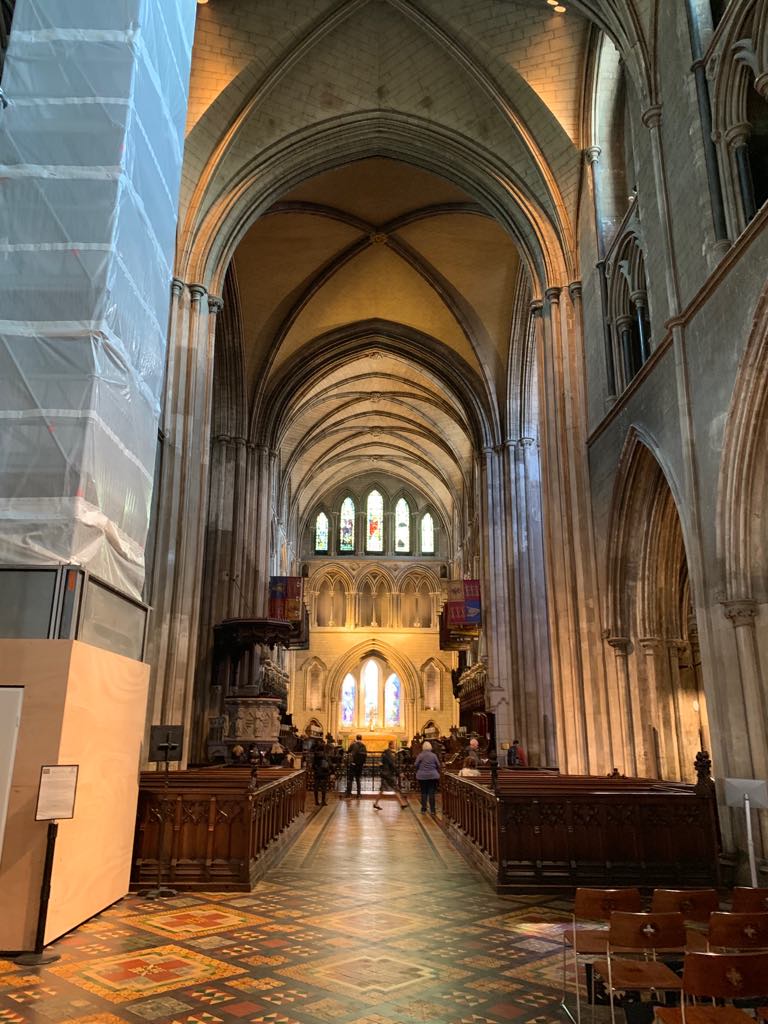To celebrate finishing my first set of final exams in Ireland, my suite-mate, a Co. Kildare native, took me to a local favorite, the Red Torch Ginger Maynooth, a stylish cocktail bar. While walking over from North campus at around 9 pm, vacant streets prompted me to ask him about a trend I had noticed during my time here: “Why are the streets of Maynooth, a college town, so quiet during the night? Where is everybody?” To this, he whimsically replied, “Considering our weather, I’m sure most prefer indoor activities.” When we arrived at the bar, his joke seemed to contain more than kernel of truth–completely packed, the bar contained a vibrant and warm energy that seemed to exist in a completely separate world from the outside. A riveting conversation comparing differences in American and Irish evenings ensued, but my biggest takeaway from the night was that these possible cultural differences did not exist in a vacuum. This bar, like others, had a built-in coziness and intimacy. The vibrancy I experienced may have resulted not from the possible unpleasantness of the outside but from the draw of what was inside. The Red Torch, like so many other buildings in Ireland, feels lived in.
During trips into Dublin City Centre, I frequent Stephens Green Shopping Centre. The interior, ornately beautiful, provides plenty for a pedestrian to take in. The glass ceiling permits the entry of sunbeams on (albeit rare) sunny days that glow up the light interior. The bilateral arrangement of shops separated by bridges that permit easy travel back-and-forth and to escalators to ascend or descend its multiple levels architecturally present a natural walking route for shoppers to enjoy the entire centre. An American may immediately notice the lavish, older architecture that is serving a very modern function. Thus, the centre, and Grafton street (which the centre leads directly to), reflects the duality of the lived in experiences of Ireland succinctly – an old, brilliant history and a prosperous, modern identity.

Similarly, right outside of Maynooth University’s main library, a beautiful bronze statue of Pope John Paul II embracing two kneeling children exists. It is based on a photograph of the pope’s visit in 1980, in which two children knelt before the Pope to present their gifts, who reached out his arms as a gesture of affection. Behind the statue, the Heritage Wall, erected in 1993, honors Irish families who have displayed considerable generosity to Maynooth. I have, upon entering or leaving the library, reflected on Ireland’s prominent Catholic past, as displayed by the monument. To me, this conscious arrangement of the monument next to the library has presented the campus as lived in and reflects that its, like Ireland’s, storied history exists alongside–not before–contemporary experiences.

As I frequent Dublin’s restaurants, pubs, shopping centers, and parks, and continue my education at Maynooth, I am sure that I will continue to admire the distinct architecture that I am privy to. In summary, Ireland has felt distinctly lived in. Its rich history takes no backseat to its modern vibrancy and warmth. As a result, I will continue to visit historic sites, such as St. Patrick’s Cathedral, which has hosted countless experiences within its four walls. 
